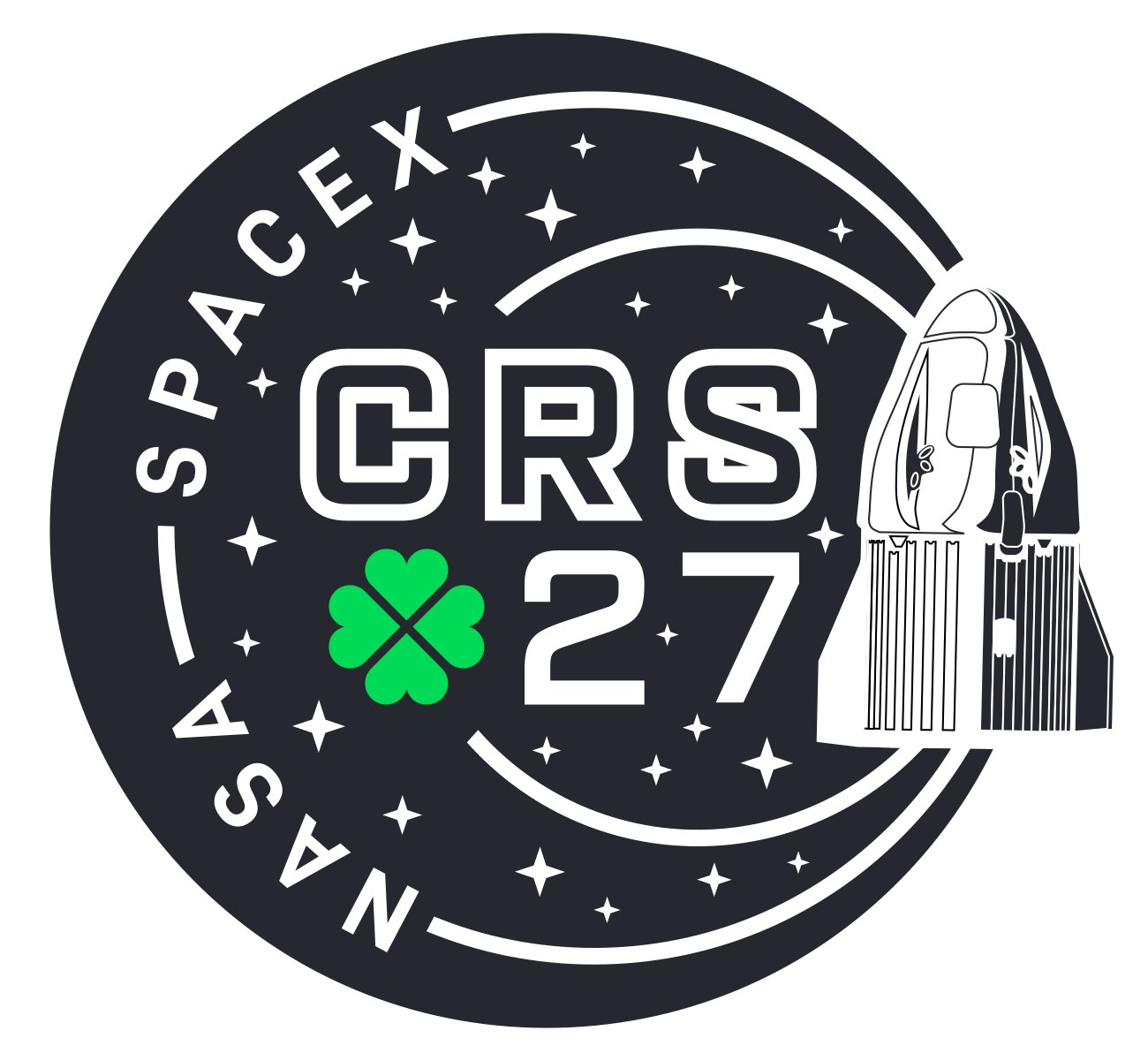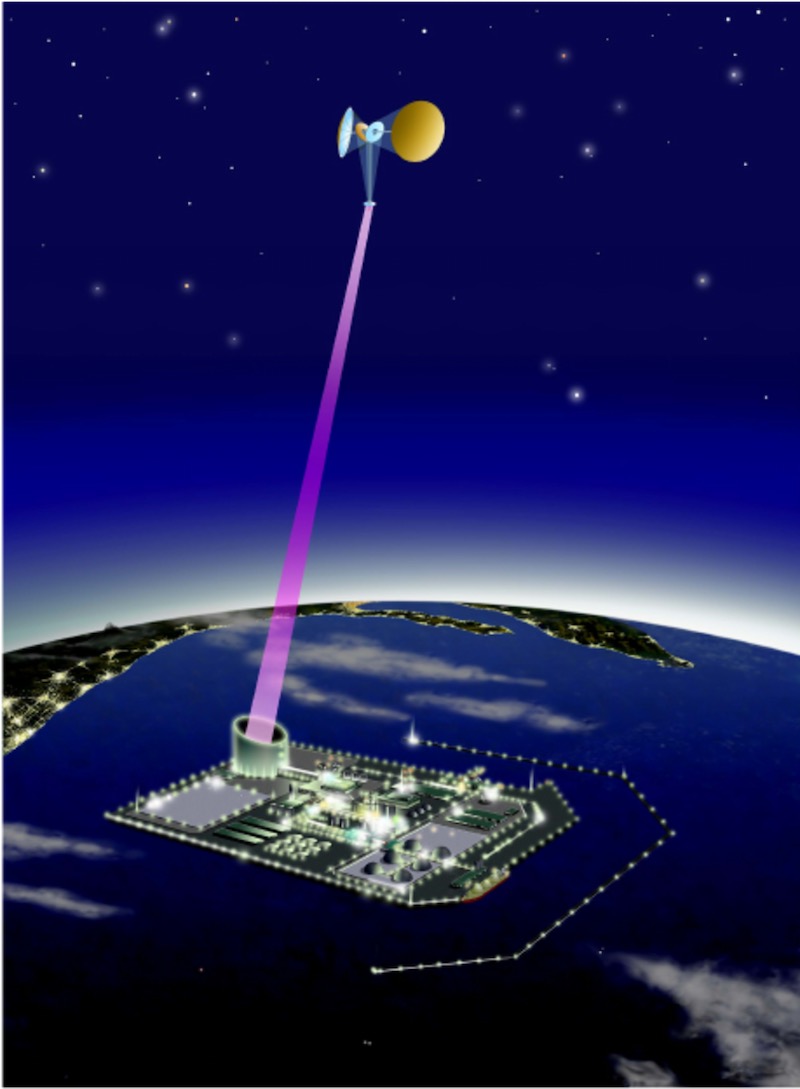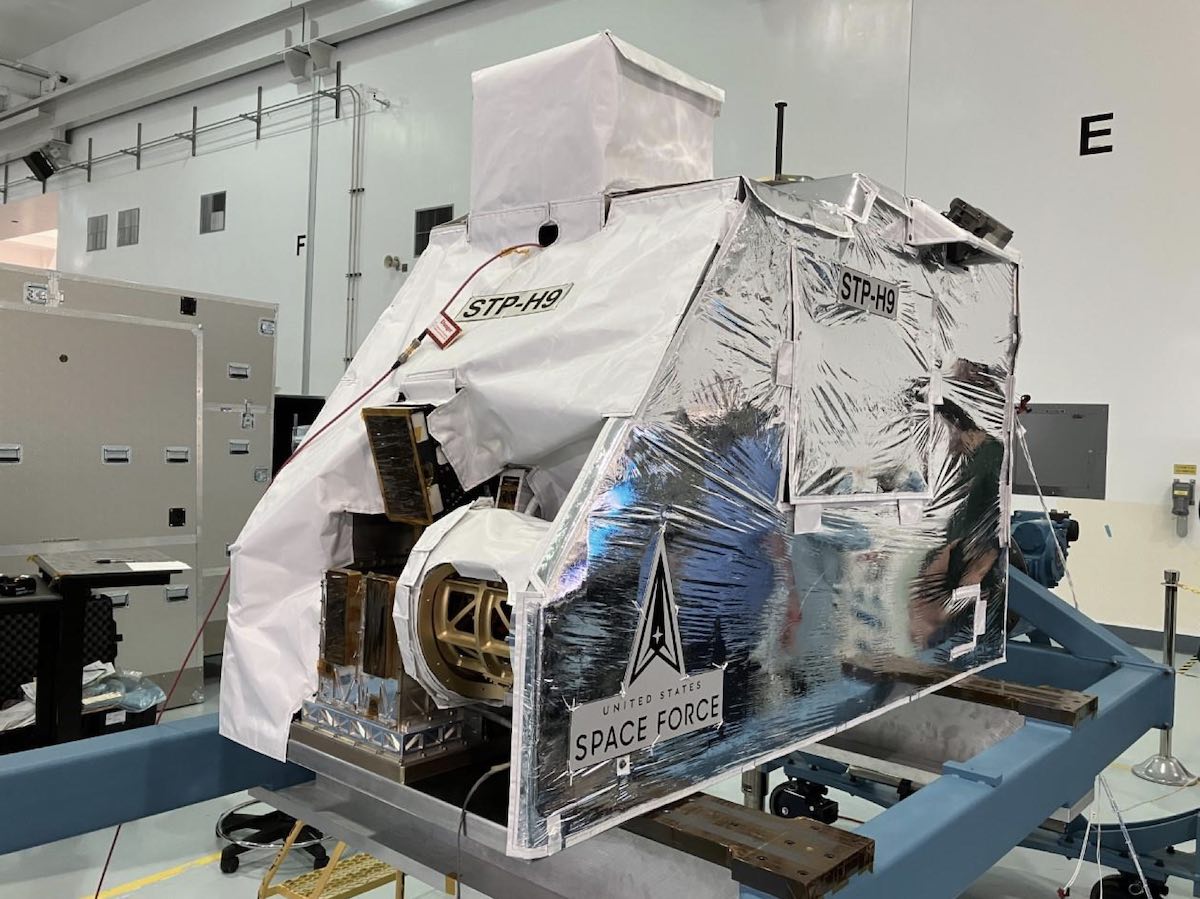18.03.2023

SpaceX’s Dragon cargo capsule approaches the International Space Station for docking Thursday. Credit: NASA TV / Spaceflight Now
A day-and-a-half after launching from Florida, SpaceX’s Cargo Dragon spacecraft docked at the International Space Station Thursday to deliver fresh food, experiments, CubeSats, and a suite of U.S. military tech demo payloads.
The automated linkup between the Dragon supply ship and the Harmony module on the space station occurred at 7:31 a.m. EDT (1131 GMT) Thursday, following the mission’s launch Tuesday night from NASA’s Kennedy Space Center in Florida on a Falcon 9 rocket.
The mission is SpaceX’s 27th resupply flight to the space station, and its arrival continues a busy stretch of activity for the astronauts and cosmonauts aboard the orbiting complex. NASA astronaut Woody Hoburg is monitoring the Dragon spacecraft’s approach and docking, standing by to send commands to halt or abort the rendezvous using a control panel inside the space station.
The reusable Dragon spacecraft that arrived at the space station Thursday is making its third visit to the research lab. SpaceX began launching cargo missions to the space station in 2012 under a multibillion-dollar Commercial Resupply Services contract with NASA.
Earlier this month, a SpaceX Crew Dragon spacecraft launched to the space station with a fresh set of four crew members — including Hoburg — for a six-month expedition, replacing four station residents who returned to Earth on a separate Crew Dragon capsule Saturday night.
In the next few months, NASA and its commercial partners plan to send two short-duration crew missions to the station — the first astronaut mission on Boeing’s Starliner crew capsule, and a fully private mission with two Americans and two Saudi Arabian space fliers on a SpaceX Crew Dragon. Each mission will stay at the outpost for a week to 10 days.
An unpiloted Northrop Grumman Cygnus supply ship is set for launch to the space station from Virginia later this spring, and Russia’s space agency plans to return a damaged Soyuz spacecraft from the complex to Earth on March 28. The Soyuz MS-22 spacecraft will land without a crew on-board after it leaked out all of its coolant fluid in December, an incident still under investigation by Russian engineers.
Last month, Russia launched a replacement Soyuz to provide a ride home later this year for the three-man crew originally expected to return to Earth on Soyuz MS-22.
The Expedition 68 crew currently aboard the station is led by Russian commander Sergey Prokopyev, who is joined by with Russian cosmonauts Dmitri Petelin and Andrey Fedyaev, U.S. astronauts Frank Rubio, Steve Bowen, Woody Hoburg, and United Arab Emirates astronaut Sultan Alneyadi.
After docking, astronauts on the space station will open hatches and begin unpacking cargo inside the pressurized compartment of the Dragon spacecraft, while the space station’s Canadian-built robotic arm will reach into the unpressurized trunk of the spacecraft to extract a half-ton package of science and tech demo experiments sponsored by the U.S. military’s Space Test Program.
The unpiloted cargo freighter is packed with 6,288 pounds (2,852 kilograms) of supplies and experiments, according to NASA. Nearly half the payload mass consists of research investigations, with crew supplies and hardware for space station systems also aboard the Dragon spacecraft.
The seven-person crew aboard the outpost was set to receive a shipment of fresh food, including apples, blueberries, cherry tomatoes, and cheeses, according to Phil Dempsey, NASA’s transportation integration manager for the International Space Station program.
Meghan Everett, NASA’s deputy chief scientist for the space station program, said the CRS-27 mission carries equipment to support approximately 60 new scientific investigations and technology demonstration experiments. Most of the research payloads are packed inside the Dragon spacecraft’s pressurized cabin.
“With these investigations, we look forward to impactful scientific results to advance human exploration in space and technologies here on Earth,” Everett said.

The internal experiments include a pair of investigations from the National Institutes of Health and the ISS National Lab examining whether clinically approved drugs and new therapies can counteract changes in heart cells and tissues induced by the microgravity environment of spaceflight.
Students from Houston area high schools also sent to the space station monopod camera mounts they assembled as part of a NASA-sponsored educational initiative. The five monopods have real applications for the crew on-board the space station, who have reported difficulty in positioning cameras floating in the middle of modules for photography inside the complex.
An experiment from NASA’s Ames Research Center on the CRS-27 mission will look into new technology that could enable better systems to scrub carbon dioxide from the air inside the space station. The experiment will study a way to control liquids using capillary forces, a stepping stone that could aid in the development of more efficient liquid-based carbon dioxide removal systems for use in microgravity, similar to technology used in submarines.
The European Space Agency’s Biofilms experiment will allow scientists to evaluate the formation of bacterial biofilms in space. Biofilms are combinations of microorganisms that create cleaning-resistant slimy material that can damage equipment and potentially cause infections. European scientists are looking into different types of antimicrobial surfaces that could inhibit biofilm growth.
“These results will directly inform selecting materials with antimicrobial qualities for future spacecraft,” Everett said.
A Japanese experiment also aboard the CRS-27 mission will expose bacteria and moss spores to the harsh environment of space using a bracket attached outside of the space station.
“The goal of this investigation is to look at the origin, transportation, and survival of life in space,” Everett said.
The crew aboard the research complex will move six CubeSats stowed inside the Dragon capsule into the space station, where they will be placed on a Nanoracks deployer and transferred outside the station for release from the end of the Japanese Kibo lab module’s robotic arm. Four of the CubeSats come from universities in Canada, and one from Arizona State University, and one from the University of Arkansas.
The U.S. military’s STP-H9 payload is fastened inside the aft trunk of the Dragon spacecraft. After docking with the space station, the lab’s Canadian-built robotic arm will reach into the trunk to grapple the STP-H9 package, then mount it on a port outside the Japanese Kibo lab for at least one year of operations.
The STP-H9 payload is the seventh military Space Test Program package to be attached outside the International Space Station for experiments, following two similar STP experiment platforms that flew on space shuttles. NASA disposes of the STP payloads when their missions are complete, returning them into the atmosphere to burn up inside the Dragon spacecraft’s expendable trunk section, while the reusable cargo capsule parachutes to a soft splashdown at sea.
The experiments on the STP-H9 payload include an in-space laser power beaming demonstration developed by the Naval Research Laboratory.

The Space Wireless Energy Laser Link, or SWELL, experiment will attempt to establish an optical power beaming link between laser transmitters and receivers packaged inside a 5.7-foot-long (1.7-meter) tube. The experiment is an advancement in laser power beaming technology, which transmits energy in the form of electromagnetic waves, without the transport of mass.
Transmitting electrical energy using electromagnetic waves means power could be sent from place to place at the speed of light. The NRL says the feasibility and safety of laser power beaming has been proven on the ground.
Experiments in space could lead to applications involving the transmission of electricity from satellite to space, beaming energy from space-based power generators back to Earth for use on the ground, or supporting missions exploring permanently shadowed craters on the moon. Ultimately, power beaming could be used to propel spacecraft at record speeds to explore interstellar space.
But so far, no power beaming demonstration in orbit has tested the ability to transmit energy over a range of more than a meter, with greater than 1% end-to-end efficiency. The SWELL experiment aims to do that, and will collect data on how the hardware performs in the space environment.
“With this modest experiment, we will identify key focus areas for developing links of greater power and longer distance for space,” said Paul Jaffe, electronics engineer and SWELL principal investigator, in a statement. “By employing laser transmitters and photovoltaic receivers, power beaming links will be established that will pave the way for rapid, resilient, and flexible energy delivery systems.”
The U.S. military tested a microwave-based power beaming technology on a secretive mission aboard the Air Force’s X-37B spaceplane that was in orbit from 2020 until last year. The laser experiment on the STP-H9 payload package will probe a different way of beaming power from space to the ground.
“This is the next step in extending this capability for space, lunar, and planetary applications,” said Chris DePuma, SWELL program manager at the Naval Research Laboratory. “Power beaming is poised as a critical enabler for power distribution on the moon and elsewhere in space.”
“Power beaming might also be used for distributing power for and around Earth, including from satellites that collect solar energy in space,” Jaffe said. “SWELL is the next step into this new frontier.”

Other experiments on the military’s STP-H9 payload include an Electric Propulsion Electrostatic Analyzer from the Air Force Academy, and a Neutron Radiation Detection Instrument and Variable Voltage Ion Protection Experiment from NRL.
Another NRL experiment on the STP-H9 platform is the Experiment for Characterizing the Lower Ionosphere and Production of Sporadic-E, or ECLIPSE, will measure conditions in the ionosphere, a layer of the upper atmosphere where solar radiation can disrupt radio communications.
The Glowbug instrument on the STP-H9 payload, also managed by NRL with support from NASA, is a miniature gamma-ray telescope designed to detect cosmic rays emitted from super-energetic explosions in the distant universe, called gamma-ray bursts. Glowbug will also attempt to detect mysterious emissions of gamma-rays from thunderstorms on Earth.
A tech demo investigation called the SpaceCube Edge Node Intelligent Collaboration from NASA’s Goddard Space Flight Center — in collaboration with the Air Force Research Laboratory and Aerospace Corp. — will evaluate artificial intelligence and machine learning technology using AI microchips.
And an experiment from Lawrence Livermore National Laboratory, called the Stellar Occultation Hypertemporal Imaging Payload, will test a high-resolution, high-frame-rate camera that could be used on future space missions to measure atmospheric temperature profiles by observing how the air bends, or refracts, light from a star passing through the atmosphere.
At the end of the CRS-27 mission in mid-April, SpaceX’s Dragon spacecraft will return to Earth for splashdown off the coast of Florida in mid-April, bringing home numerous research specimens, equipment requiring refurbishment, and hardware no longer needed on the space station.
Quelle: SN
